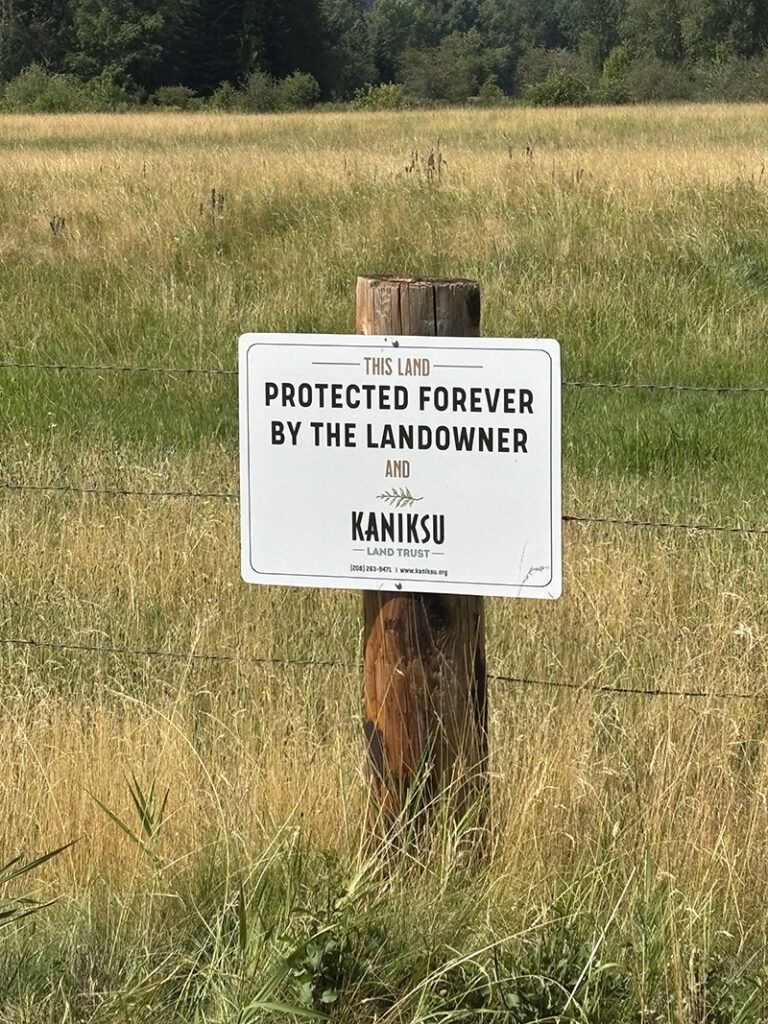Catch Tasty and Safe Fish
By Fenton Roskelley
Northwest fishermen know that many lakes, streams and even the Pacific Ocean are polluted with a variety of substances that can harm them if they eat too many of the fish they catch. They also know that fish in numerous lakes taste muddy or grassy.
The good news is that hundreds of Inland Northwest lakes and streams are either pollution-free or nearly pollution-free and produce fish that are dear to a gourmet’s heart.
PCBs, DDT, lead, mercury, arsenic and other substances taint once-pure waters. Among the most popular Inland Northwest lakes and streams that hold one or more poisonous substances are Washington’s Spokane, Columbia, Walla Walla and Yakima rivers, Roosevelt and Chelan lakes, and Idaho’s Coeur d’Alene, Pend Oreille Lakes and, surprisingly, Priest Lake. Priest, however, is an almost-pure lake.
Humans began polluting lakes and streams more than 100 years ago. Mining operations have been responsible for much of the pollution, but businesses, farmers, ranchers, communities and others have contributed to the sorry state of many waters. Finally, as the result of political pressure from many environmentalists and community leaders, measures are in effect to end the pollution and even reverse the harm done over many years. Some waters, however, will remain polluted for many years.
Despite advisories by state health agencies, many anglers who fish polluted waters continue to eat as many tainted fish as they catch. For example, Lake Roosevelt is popular with rainbow, walleye and kokanee fishermen, many of whom ignore the warnings.
Tech Cominco Ltd, which operates a huge smelter in Trail, B.C. just north of the U.S-Canada border, is primarily responsible for PCBs, mercury and dioxins in Lake Roosevelt. Walleyes and other fish species are especially tainted with pollutants in the upper part of the lake, but all fish, especially bottom fish, contain the poisons along the 100-mile lake.
Washington’s Office of Environmental Health Assessments recommends that pregnant women, women of child-bearing age and children eat no more than two meals of walleyes a month. However, there are no restrictions for other consumers. Many anglers release the fish they hook and at least as many eat their catches.
The state health department and Spokane Regional Health District divide the Spokane River in three sections: Upriver Dam to Idaho border, Upriver Dam to Nine-Mile Dam and Lake Spokane (Long Lake). The most polluted section is from Upriver Dam to the Idaho border; it’s also classified as a catch-and-release water. The warnings are for poachers who keep fish and eat every fish they catch in the upper section.
The agencies recommend that people eat no more than one fish a month caught in the middle section. It’s safe to eat fish in the lower section, the agencies say.
The Idaho Health and Welfare Department has issued a special advisory for Lake Coeur d’Alene, contaminated by mining wastes. Fish sampled contained mercury, lead and arsenic at levels that could cause health problems. For anglers who plan to fish the lake, it’s wise to go to the agency’s website and study the advisory.
All anglers, especially women and children, should consume only a few meals of lake trout and whitefish caught at Lake Pend Oreille, the department says. As for Priest Lake, the levels of mercury are not high enough to affect the general public, but could affect unborn or small children.
It’s virtually impossible to list the scores of lakes and streams that produce the best-tasting fish in Washington and Idaho. Veteran anglers who love to eat fish have learned, mostly by trial and error, which of the waters they prefer to fish. Among them in the Spokane region are Badger, Williams, Rock, Fish, Sprague, Loon, Deer, Waitts, and most of the small lakes, especially those stocked with cutthroat, in Stevens and Pend Oreille counties. Most of the small lakes in Idaho’s Panhandle produce excellent-tasting fish. The Panhandle’s Coeur d’Alene, St. Joe, Clearwater, Lochsa and Selway rivers and their tributaries yield tasty trout, whitefish, steelhead and salmon.
So what about the other waters where the fish are not so tasty? Listing them individually would be highly controversial, I won’t list the lakes that many fish-eating anglers avoid. Numerous factors, including algae blooms, weed growth and water quality, cause fish to have a disagreeable taste.
It’s possible to minimize the substances that taint fish. To reduce the disagreeable taste, an angler should remove entrails of a fish as soon as possible and then put the fish on ice. Towing fish around a lake on a stringer is a sure way to take home bad-tasting fish.
Another way of improving a fish’s taste is to cut away the back, side and belly fat and skin the fish. Grilling, baking and broiling helps drain away fat that contributes to a poor-tasting fish. Some fishermen cook fish on a rack so juices and fat will drop off.
A fish, whether it is a trout, bass, perch, walleye, steelhead or salmon, is a great source of protein and omega-3 acids and is a low-fat food. The region’s anglers are fortunate that most waters still produce plenty of high quality and mouth-watering fish.
To find out which waters are polluted in Idaho and Washington, anglers should contact state health agencies.
Washington: http://www.doh.wa.gov/ehp/oehas/eha_fish_adv.htm or (360) 236-3191.
Idaho: http://www.healthandwelfare.Idaho.gov or toll free (866) 240-3553.













